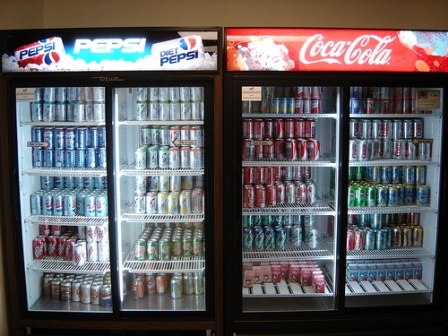Exercise equivalents over calorie counts
 Subscribe to Decision Science News by Email (one email per week, easy unsubscribe)
Subscribe to Decision Science News by Email (one email per week, easy unsubscribe)
250 CALORIES VS 30 MINUTES OF JOGGING
New York has, in the last years, joined the list of cities that require calorie counts to be posted on the menus of chain restaurants. Early research suggests that the labeling is not terribly effective, though Decision Science News is skeptical of the skepticism and thinks that long-run effects will emerge.
In any case, if posted calorie counts were really the sledgehammer manipulation they were hoped to be, they’d show an immediate effect. So what are behavioral economists to do? Try related policies.
Sara Bleich, an assistant professor of health policy at the Johns Hopkins Bloomberg School of Public Health, tried an innovative intervention and got some promising results. Her team compare calorie counts to exercise equivalents, so they tried signs saying that a soda:
- Contained 250 calories
- Contained 11 percent of daily calories
- Would take 50 minutes of exercise to burn off*
They found that the exercise message reduced soda purchases by 40 percent while the other framings had no effect.
* (According to fitday.com, which Decision Science News trusts and uses, 30 minutes jogging burns 250 calories, so perhaps the study’s results were obtained by exaggerating the time needed)
REFERENCES
- Exercise Info, Not Calorie Counts, Helps Teens Drop Sodas
- Calorie counts don’t change most people’s dining-out habits, experts say
- Loewenstein, G. (2011). Confronting Reality: Pitfalls of Calorie Posting. American Journal of Clinical Nutrition, 93(4), 689-94.
Photo credit: http://www.flickr.com/photos/lipsss/3196111994/


